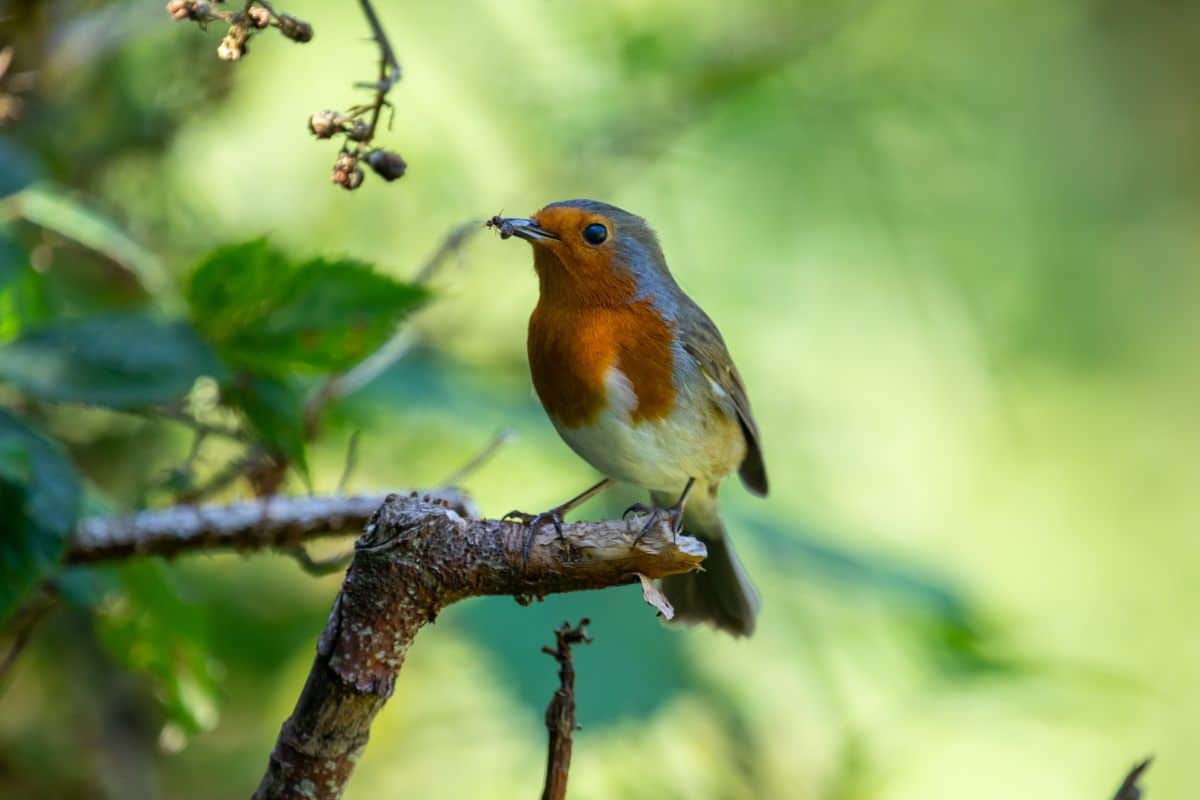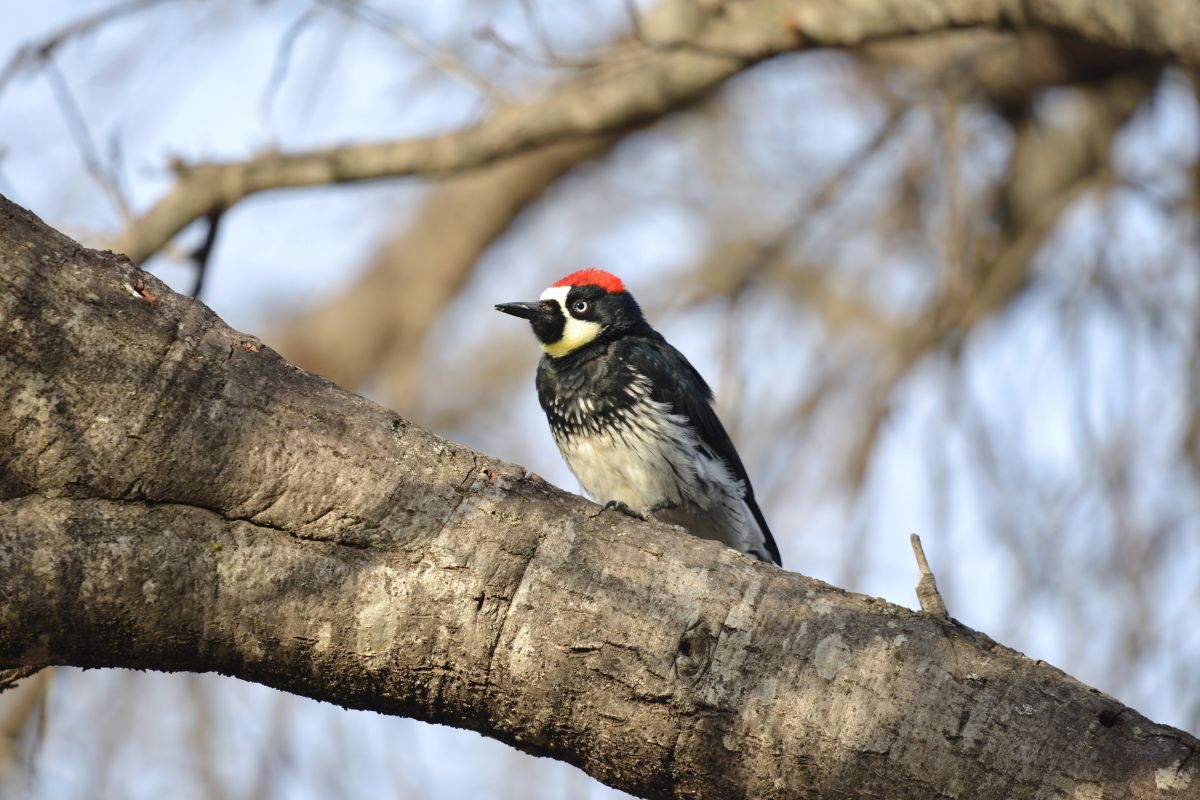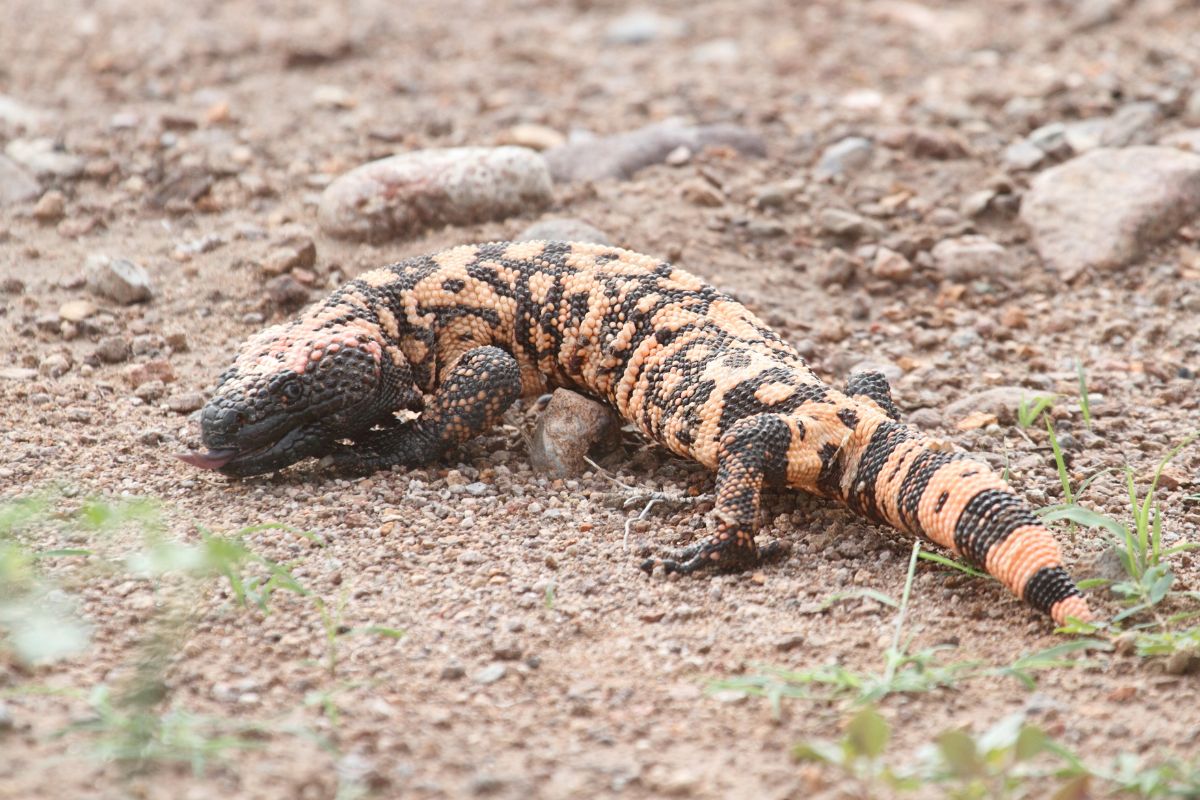Latin sure is a funny language, isn’t it? The world’s favorite dead language is the basis of nearly every other language currently spoken. But perhaps the most curious part of the language is that every animal has a Latin name.

So, here is where the word formicivorus comes in. If you Googled that word and landed on this page, you are in luck! As it turns out, formicivorus is a Latin word describing the type of food an animal eats.
Read on, and we will break it down for you.
Contents
Formicivorus – A Definition
Formicivorus refers to an animal that feeds on ants. The term derives from the Latin words Formica, meaning “ant,” and vorare, meaning “to devour.”
Many different animals could be considered formicivorus, including some birds, reptiles, and mammals.
Formicivores play a vital role in the environment by helping to control the ant population. However, they can also harm ants. For example, the venom of a Gila monster can kill an entire colony of ants.
Whether formicivores are helpful or harmful to ants depends on the species of the formicivore and the ant. It is crucial to learn more about the interactions between different species of animals to better understand the complex web of life on Earth.
Formicivorus Animals

Several animals eat ants as part of their diets.
For example, the ant-eating bird is an anteater that uses its long, curved beak to reach into ant nests and eat the insects. Some lizards, such as the Gila monster, also eat ants. And some small mammals, such as the pygmy shrew, consume ants as a vital part of their diet.
Animals that eat ants have several strategies for finding and consuming their prey. Some, like the anteater, have specially adapted features that help them locate and eat ants. Others, such as the Gila monster, stumble upon ants while foraging for other food. And some formicivores, such as the pygmy shrew, actively hunt ants.
There is even a bird whose name has formicivorus in its Latin name – the Melanerpes formicivorus, or acorn woodpecker.
The acorn woodpecker is a primary seed eater, with acorns making up the majority of its diet. However, these birds will also feed on insects, berries, and other small fruits. The acorn woodpecker has a curious way of storing its food. These birds will drill small holes into tree bark and then stuff the holes with acorns. This behavior is known as “granary hoarding” and helps the acorn woodpecker survive food scarcity.
Conclusion
While there are many Latin words to describe animals, formicivorus is a breeze to define, considering it is just a portmanteau of two words. Still, formicivorus animals are a curious breed of creature. You may not even realize how important these animals are to an already fragile ecosystem. Thanks to creatures like the anteater and the Gila monster, the ant population is controlled, preventing the bugs from overpopulating.
So, whenever you are at a zoo, see if you can locate some of these wonderful and seriously interesting animals!

